The Intricacies of Precision Chamfering Machines
Precision Chamfering Machines are intricate devices engineered to craft exact bevels and chamfers on diverse materials. These instruments play an indispensable role across various sectors such as metalworking, woodworking, and construction, where exactitude is of the essence. A chamfer represents a smooth transition between two surfaces of an object, often found on cylinders or cubes. The process of chamfering refines the edges of a workpiece, providing a beveled finish that is crucial for both aesthetic appeal and functional integration.
Armed with a cutting head, these machines meticulously strip material from the workpiece to form a beveled edge. The precision of the cut's angle and depth can be fine-tuned to meet the unique demands of each task, ensuring consistent and repeatable outcomes in production settings. The operating principle of these machines is simple yet effective: a motorized cutting head with a sharp tool bit methodically carves away material, guaranteeing a uniform and polished result.
Professionals who demand exact and uniform chamfers for their products find Precision Chamfering Machines indispensable. These machines are equally beneficial for maintenance and repair operations, where parts often require chamfering for precise assembly. With a spectrum of models on offer, they can be customized for particular workpieces and applications, underscoring their adaptability in the manufacturing landscape.
Diverse Types of Precision Chamfering Machines
A plethora of precision chamfering machines is available, each designed to accommodate specific materials and production needs. Distinctive features define each type, making them apt for particular tasks:
-
Hand-Held Chamfering Tools: These nimble machines are perfect for on-the-go tasks where swift and effortless deburring is required. Their portability makes them a favorite in the construction realm and machinery repair shops for their convenience and operational efficiency.
-
Bench-Top Chamfering Machines: Ideal for smaller items, these stationary machines are a staple on workbenches. Workshops and educational institutions favor them for their compact design and user-friendliness.
-
Electric Chamfering Machines: These electrically powered units often boast brushless motors for unwavering performance. They are a common sight in manufacturing facilities and machinery repair shops where precision and rapidity are key.
-
Pneumatic Chamfering Machines: Operated by compressed air, these machines deliver potent performance without relying on electric motors. They are prevalent in industrial settings where pneumatic tools are the norm.
-
CNC Chamfering Machines: Offering computerized control over the chamfering process, these machines enable intricate chamfers along multiple axes. They cater to advanced manufacturing needs where detailed part specifications and consistent chamfering are paramount.
Selecting the Optimal Precision Chamfering Machine
Choosing the appropriate Precision Chamfering Machine necessitates a thorough evaluation of several aspects. Initially, determine the nature of chamfering required. For delicate materials that demand high precision, a CNC milling machine with advanced accuracy features is advisable. Conversely, for bulk production of straightforward metal components, an edge banding machine may be preferable for its rapidity and efficiency.
The material in question will also guide your selection. For example, when processing nonferrous metals like aluminum or copper, opt for a machine with durable coatings to minimize wear. The toughness and gauge of your materials will dictate the need for a machine with industrial-grade robustness.
Consider the workload volume. Machines built for continuous operation in high-volume settings will differ from those intended for sporadic use or limited production runs. Additionally, contemplate the customization level you need; some machines offer easy adjustments for various chamfering angles and profiles.
Lastly, assess the after-sales service and support, such as online technical assistance or on-site maintenance services from suppliers. These factors will ensure minimal downtime and sustained operation of your machine.
Discover Precision Chamfering Machines on Alibaba.com
Alibaba.com distinguishes itself as a global marketplace that connects businesses with a broad spectrum of industrial machinery, including precision chamfering machines for diverse applications. Its extensive network of suppliers presents products designed for a range of materials—from metals like stainless steel and titanium to nonmetals such as acrylics—facilitating the search for the ideal machine to meet specific operational demands.
The platform's dedication to aiding small and medium-sized enterprises is manifest in offerings like Trade Assurance, which secures transactions until delivery confirmation. This commitment underscores Alibaba.com's emphasis on a secure trading environment and customer contentment.
For enterprises seeking to invest in precision chamfering machines that deliver unwavering results while enhancing efficiency and productivity, Alibaba.com's vast inventory provides a chance to scrutinize various models and select one that aligns with their operational needs. The ease of online procurement, coupled with extensive customer support, positions Alibaba.com as a prime resource for companies aiming to bolster their manufacturing prowess.
Frequently Asked Questions About Precision Chamfering Machines
What role does precision chamfering play in industrial applications?
Precision chamfering is employed to fashion smooth and uniform bevels on workpiece edges, facilitating precision in manufacturing and construction endeavors that necessitate exact alignment and minimized friction.
Is it possible to customize the chamfer angle on a precision chamfering machine?
Indeed, numerous precision chamfering machines provide the flexibility to tailor the chamfer angle, accommodating a variety of beveling requirements across sectors.
What considerations are crucial when selecting a precision chamfering machine?
When choosing a precision chamfering machine, one should consider the material hardness, desired chamfer angle, bevel width, productivity demands, and the caliber of core components such as motors and gearboxes.
How does Trade Assurance enhance my purchase of a precision chamfering machine?
Trade Assurance on Alibaba.com ensures the protection of your payments until the order's completion is verified, offering reassurance when investing in substantial machinery like precision chamfering machines.
Do precision chamfering machines utilize various cutter types?
Yes, precision chamfering machines employ a range of cutters, including carbide, high-speed steel (HSS), and diamond tools, tailored to the specific materials they are designed to shape.
What array of materials can a precision chamfering machine handle?
Precision chamfering machines are capable of shaping an extensive array of materials, from metals such as steel and aluminum alloys to non-ferrous metals, plastics, composites, and even certain ceramics and stones.
What advantages does an automatic feed feature offer in a precision chamfering machine?
An automatic feed feature significantly boosts productivity by enabling the machine to operate continuously without manual input, which is particularly advantageous in large-scale production settings.
What maintenance is required for a precision chamfering machine?
Routine maintenance of a precision chamfering machine typically involves inspecting and cleaning the cutter, ensuring adequate lubrication of moving parts, and checking for any wear on cutters or guides.
Can a precision chamfering machine be used on both flat and 3D surfaces?
While precision chamfering machines excel on flat surfaces, their capability to work on 3D surfaces is contingent upon the specific design features of the machine.



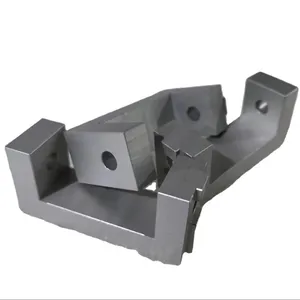













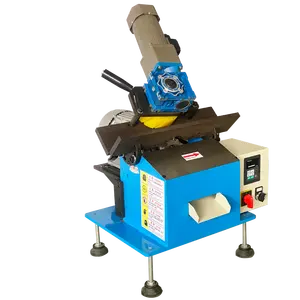
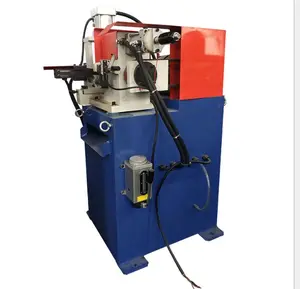
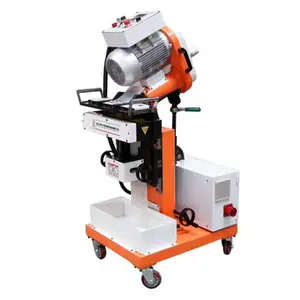


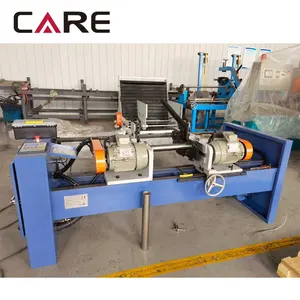
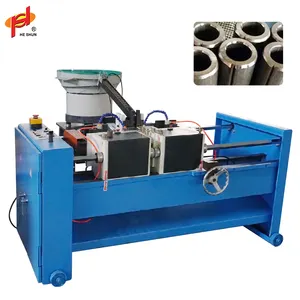
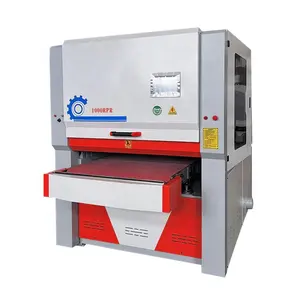


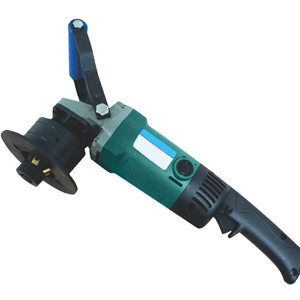
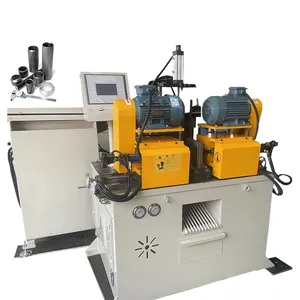

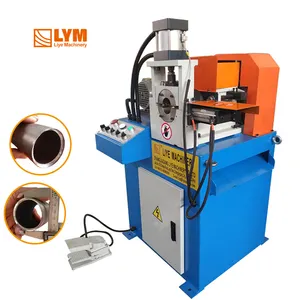



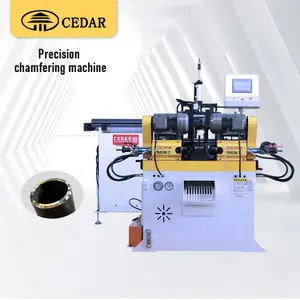


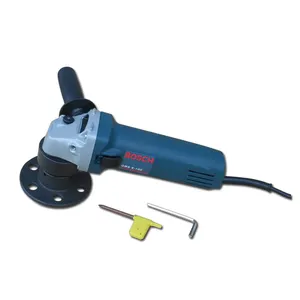
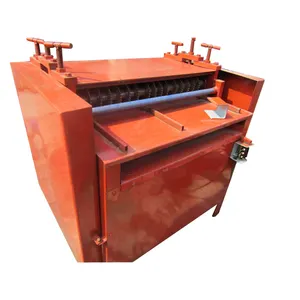




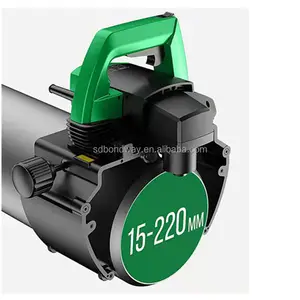



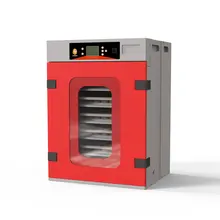

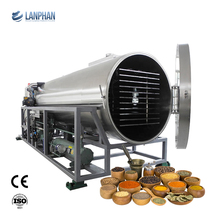
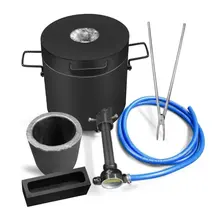

























 浙公网安备 33010002000092号
浙公网安备 33010002000092号 浙B2-20120091-4
浙B2-20120091-4